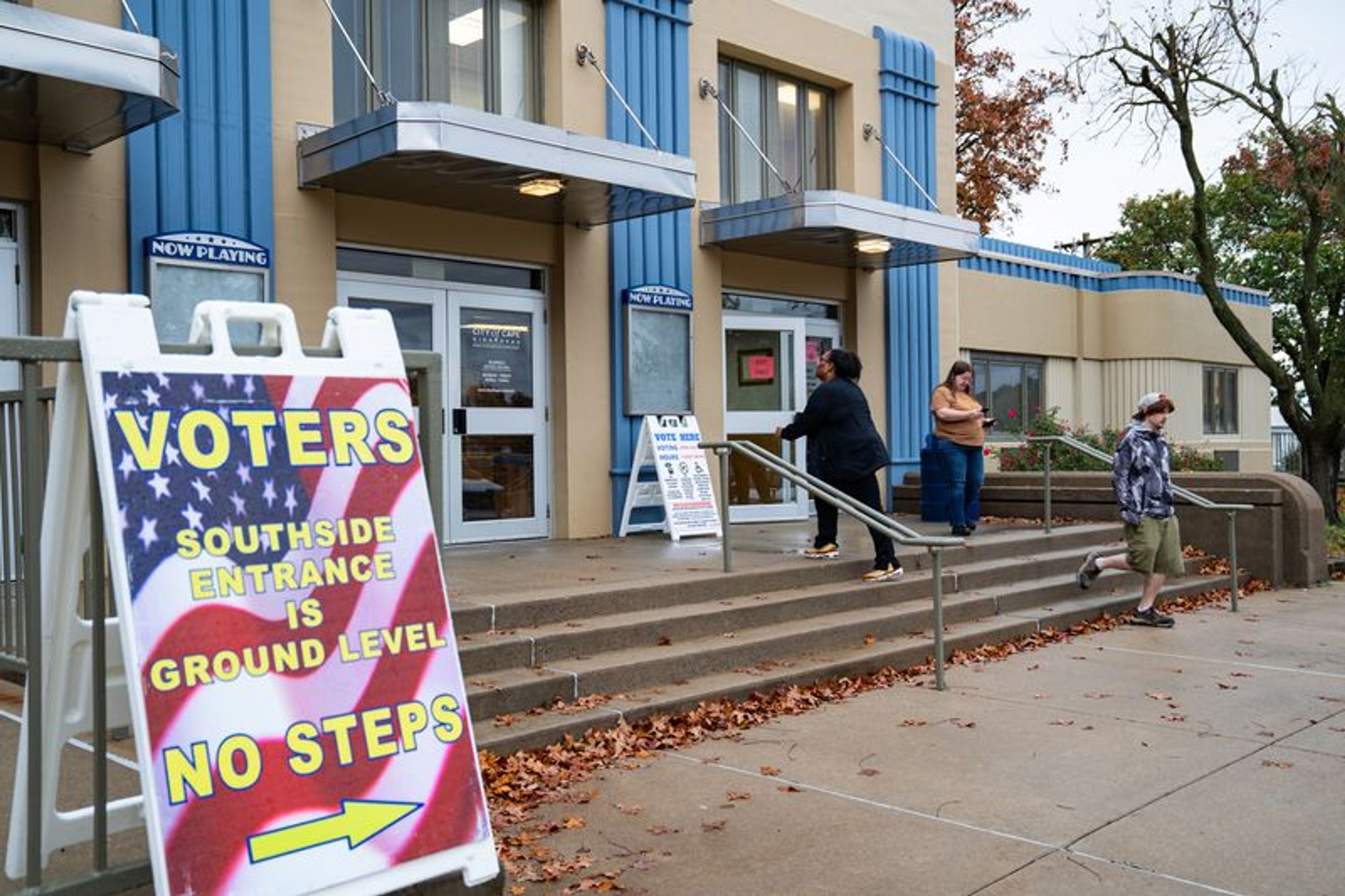Making education accessible
Even allowing for the current recession, the economic history of the United States since World War II has been one of extraordinary success. One of the primary reasons for this is the educational level of its citizens. Although the U.S. has only 4 percent of the world's population, it has almost 26 percent of the people between the ages of 25 and 64 who have post secondary or tertiary education...
Even allowing for the current recession, the economic history of the United States since World War II has been one of extraordinary success. One of the primary reasons for this is the educational level of its citizens. Although the U.S. has only 4 percent of the world's population, it has almost 26 percent of the people between the ages of 25 and 64 who have post secondary or tertiary education.
A recent report of the Organization for Economic Cooperation and Development indicates this situation is changing. For the age group from 25 to 34, 40 percent of the citizens of the U.S. have tertiary education. This only ranks 16th among the developed nations of the world. For example, more than 60 percent of the citizens of South Korea have tertiary education. For Canada, Japan and the Russian Federation, this figure is approximately 55 percent.
One of the reasons 25 to 34 year olds in the U.S. trail in education levels is the cost of tertiary education. After adjusting for inflation, the present cost of tuition at a university in Missouri is three times higher than it was in the 1960s. As a consequence the average college graduate in this country is in debt for more than $20,000. This limits the ability to buy a house, get married and have children, or start a business.
It therefore behooves the Missouri Legislature, the state's schools, plus the federal government to find ways to make access to tertiary education more accessible.
JOHN PIEPHO, Cape Girardeau
Connect with the Southeast Missourian Newsroom:
For corrections to this story or other insights for the editor, click here. To submit a letter to the editor, click here. To learn about the Southeast Missourian’s AI Policy, click here.








